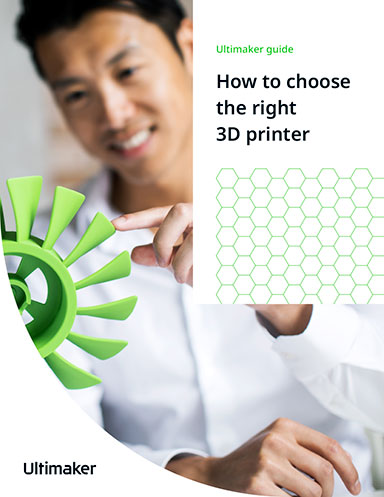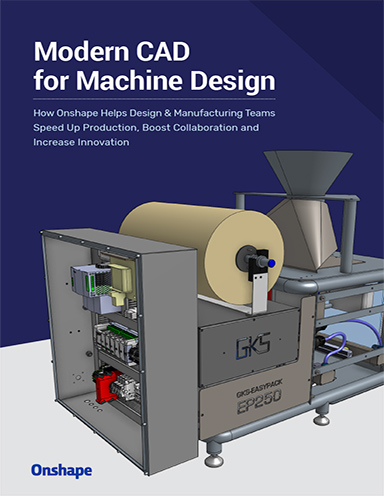Velo3D Qualifies Copper Alloy for Use in Sapphire Printers
NASA-developed GRCop-42 alloy delivers the conductivity of copper with high strength for aerospace applications, such as rocket engine combustion chambers

A cross-sectioned thrust chamber printed on a Velo3D Sapphire system in GRCop-42. The chamber walls contain internal channels for regenerative cooling. Image courtesy of Velo3D.
Latest News
May 5, 2022
Velo3D, Inc. has qualified the copper-chromium-niobium alloy GRCop-42 for use in its Sapphire family of printers. The first GRCop-42 demo parts will be on display at the Velo3D RAPID +TCT booth (#1508) in Detroit May 17-19.
The GRCop-42 alloy was developed by NASA to manufacture parts in need of high-strength and high-conductivity, such as rocket engine combustion chambers with regenerative cooling. Velo3D customers can use the newly developed material parameters to produce parts with oxidation resistance and high creep strength at temperatures as high as 1400 degrees Fahrenheit.
“Our end-to-end solutions have seen extensive adoption in aerospace because of their ability to deliver part consolidation, lighter-weight systems, and unique geometries, and adding GRCop-42 to our growing list of available materials enables us to support more use cases across the aerospace industry,” says Benny Buller, Velo3D CEO and founder. “We’ve had extensive demand for Sapphires and Sapphire XCs that can print GRCop-42 and we’ve tested it to ensure it can achieve the same high-quality builds as our other offered materials.”
GRCop-42 was developed by NASA in 1987 for use in harsh environments commonly found in rocket engine combustion chambers. The alloy was created after research teams identified ways to make improvements to previously developed copper alloys. In 2017, NASA developed parameters for GRCop-42’s use in additive manufacturing at its Marshall Space Flight Center in Alabama and Glenn Research Center in Ohio.
Velo3D contract manufacturer Knust Godwin will receive the first Sapphire printer using GRCop-42. The Texas-based company has three systems currently in place including other alloys, such as Inconel. Knust Godwin’s parent company Schoeller-Bleckmann Oilfield Equipment, headquartered in Austria, also has a Velo3D end-to-end solution.
“Our team is always looking for new ways to differentiate our business and because of that we were an early adopter of additive manufacturing technology, which has helped us grow our business and better serve our customers,” says Mike Corliss, Knust Godwin VP of Technology. “Additive manufacturing allows us to build parts for our customers that could not otherwise be manufactured using conventional, subtractive manufacturing. These new, powerful alloys, like GRCop-42—that provide added capabilities and benefits for our customers—allow us to expand our addressable use cases.”
Sources: Press materials received from the company and additional information gleaned from the company’s website.
Subscribe to our FREE magazine, FREE email newsletters or both!
Latest News
About the Author
DE’s editors contribute news and new product announcements to Digital Engineering.
Press releases may be sent to them via [email protected].






